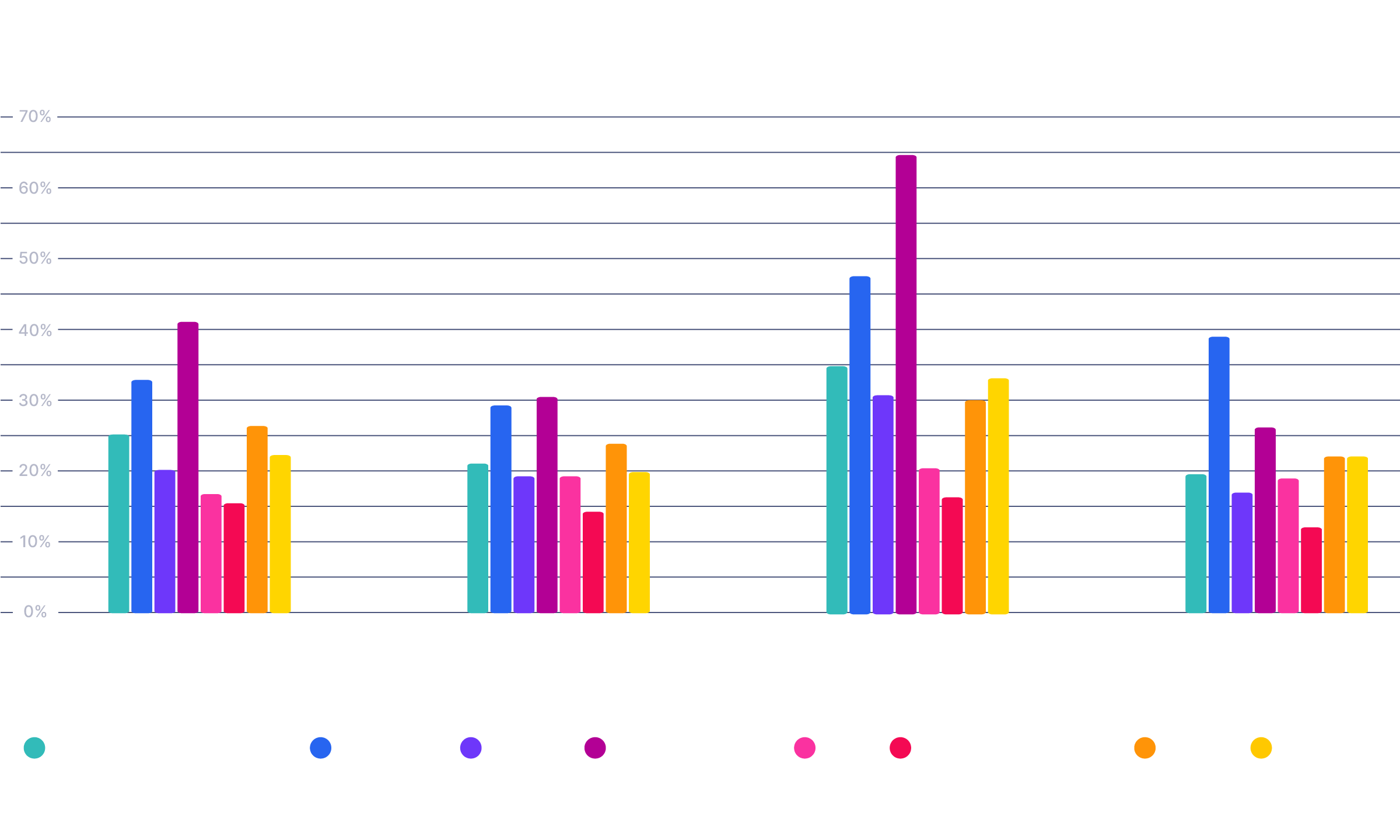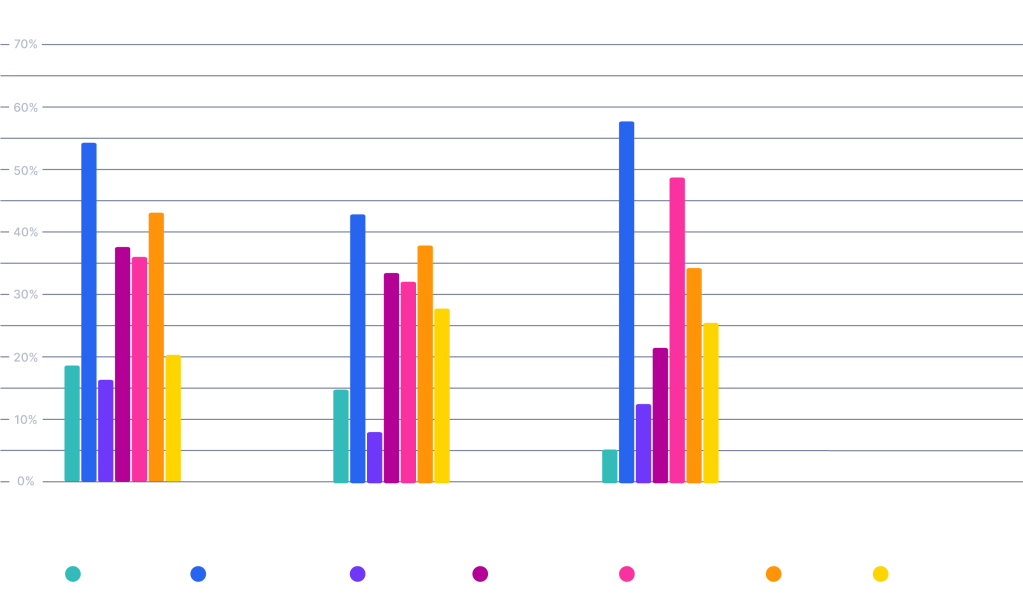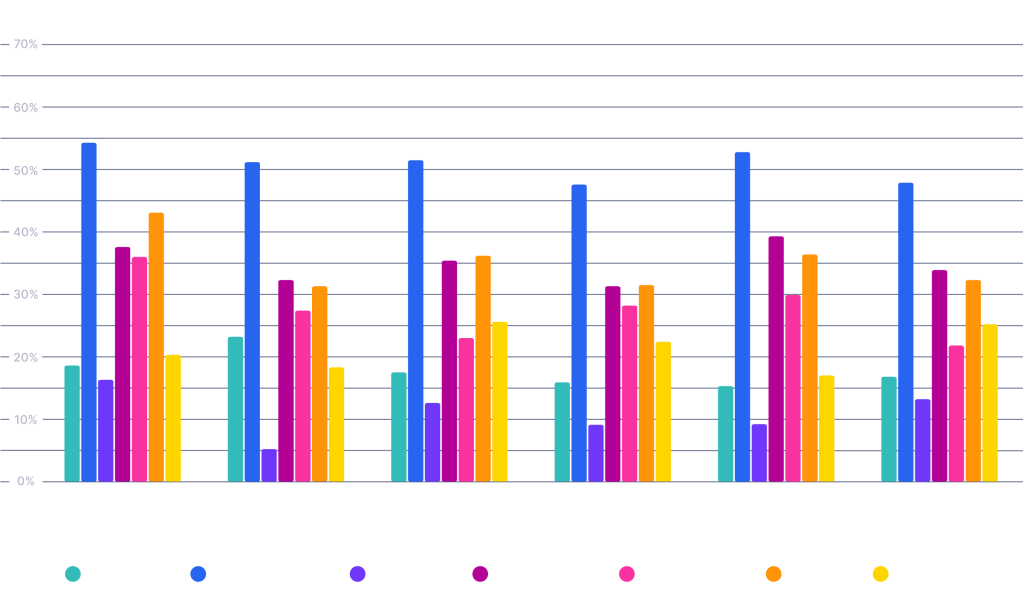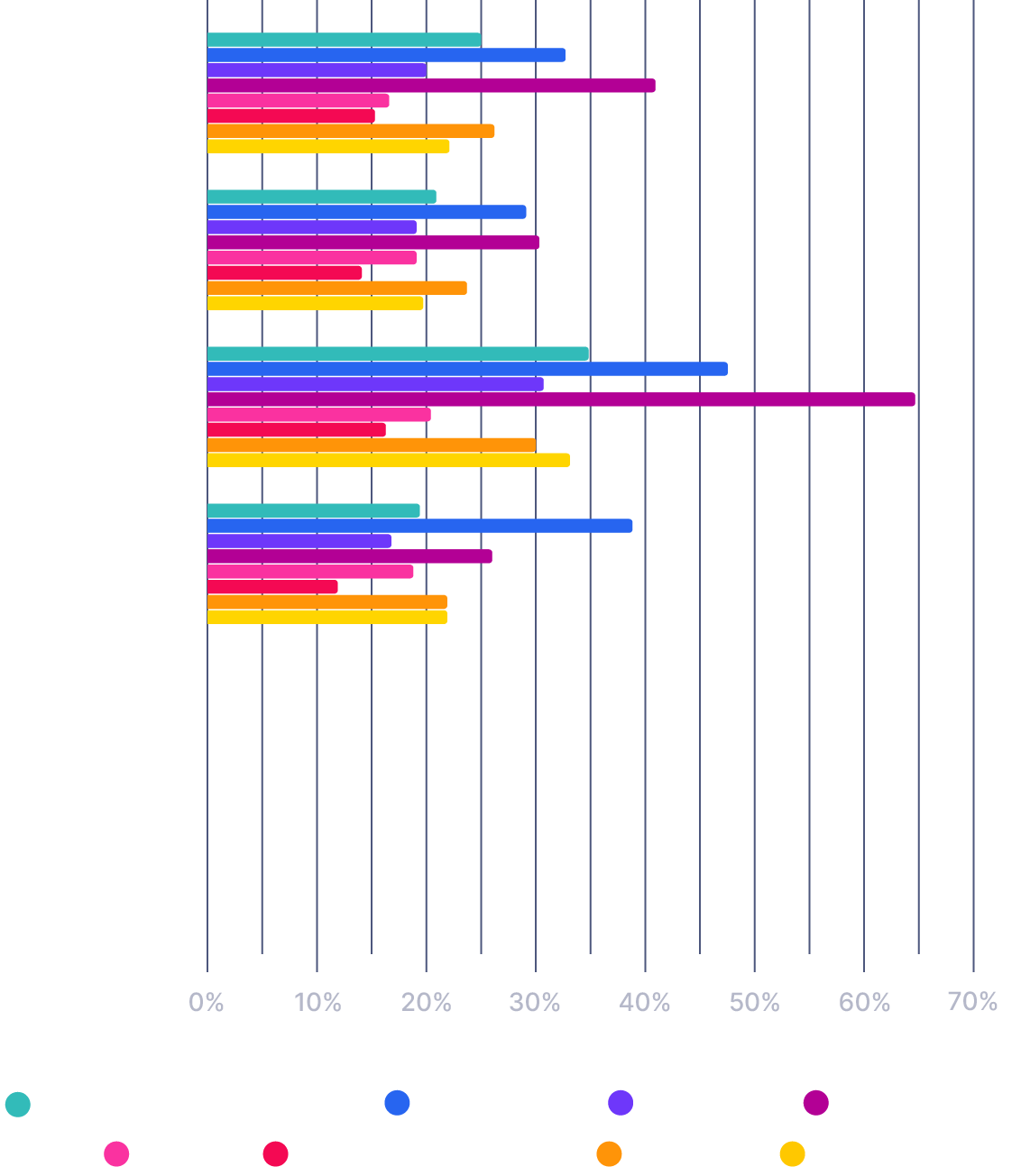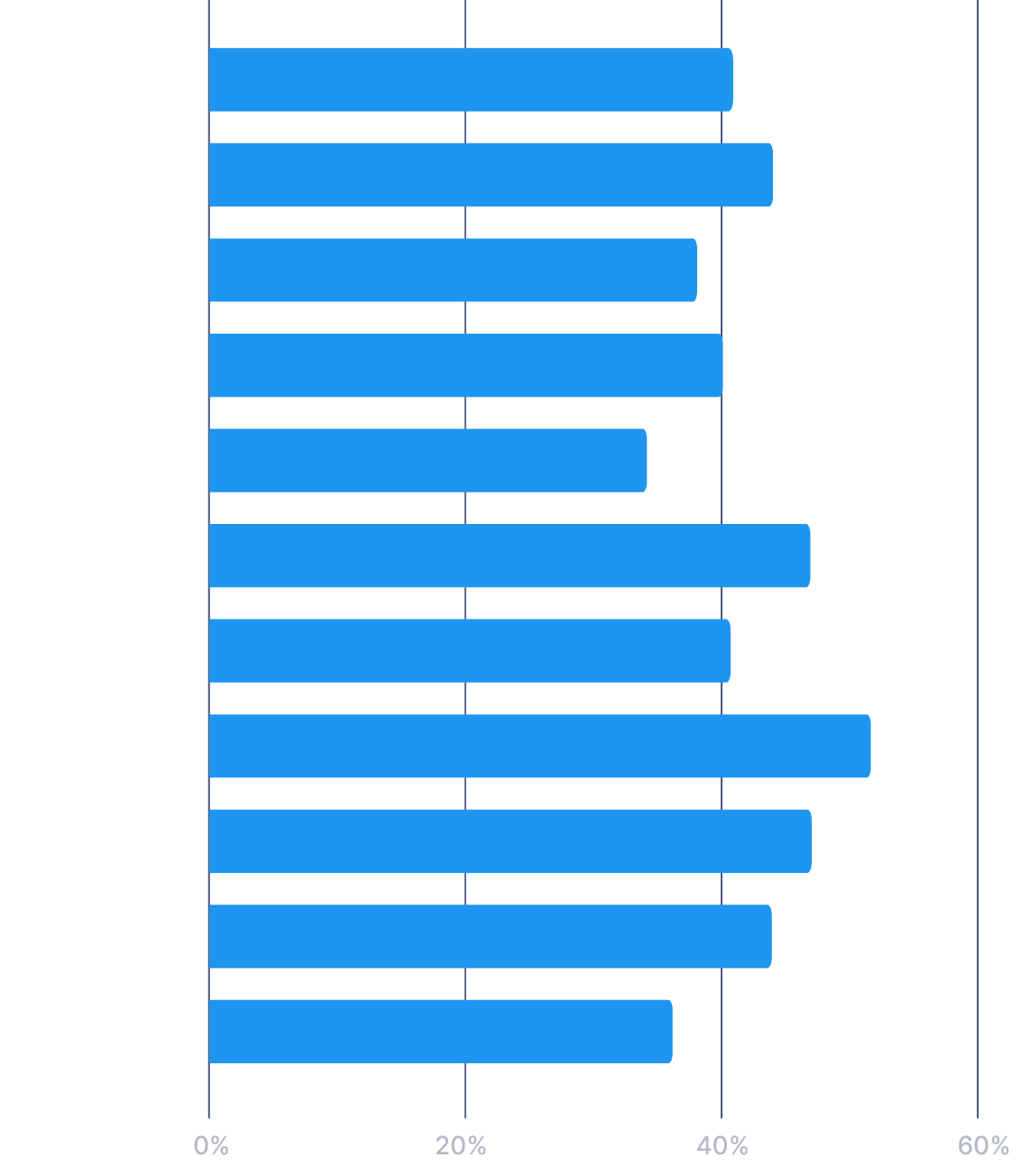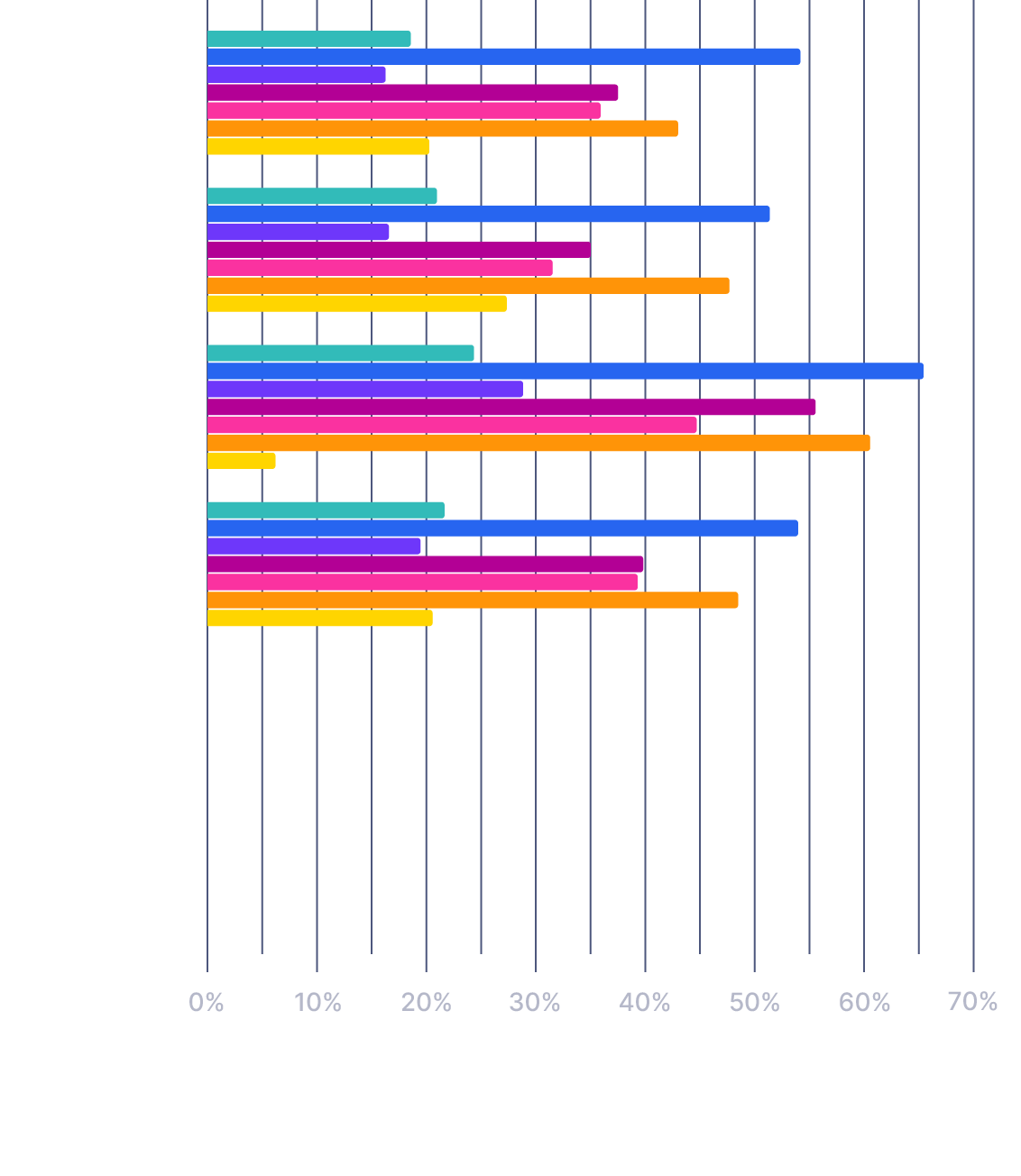
Olympische Spiele
einblicke hub
Die Daten von Nielsen hinter den
Fans, Marken und Sportlern
Entdecken Sie Fan-Einsichten, Sponsoring-Trends und einflussreiche Athleten für die Olympischen Spiele 2024 in Paris - gestützt auf Nielsen-Daten.
Fan-Einblicke
Sehen Sie, wie sich die Fangemeinde der Olympischen Spiele auf der ganzen Welt verändert
Mit Nielsen Fan-Insights Daten, erfahren Sie, wie beliebt die verschiedenen olympischen Sportarten in den verschiedenen Ländern der Welt und in den verschiedenen Altersgruppen sind.
Paris 2024 im Blickpunkt
Die Begeisterung des Publikums für die kommenden Spiele erkunden
Trends im Sponsoring
Entdecken Sie die Markenwirkung von Sportsponsoring
Mit den Zuschauern, die sich auf Sportereignisse wie die Olympischen Spiele in großer Zahl, ergibt sich für Marken die Gelegenheit, Verbindungen zu schaffen.
Wahrscheinlichkeit eines erhöhten Produktinteresses für Sponsoren der Olympischen Spiele
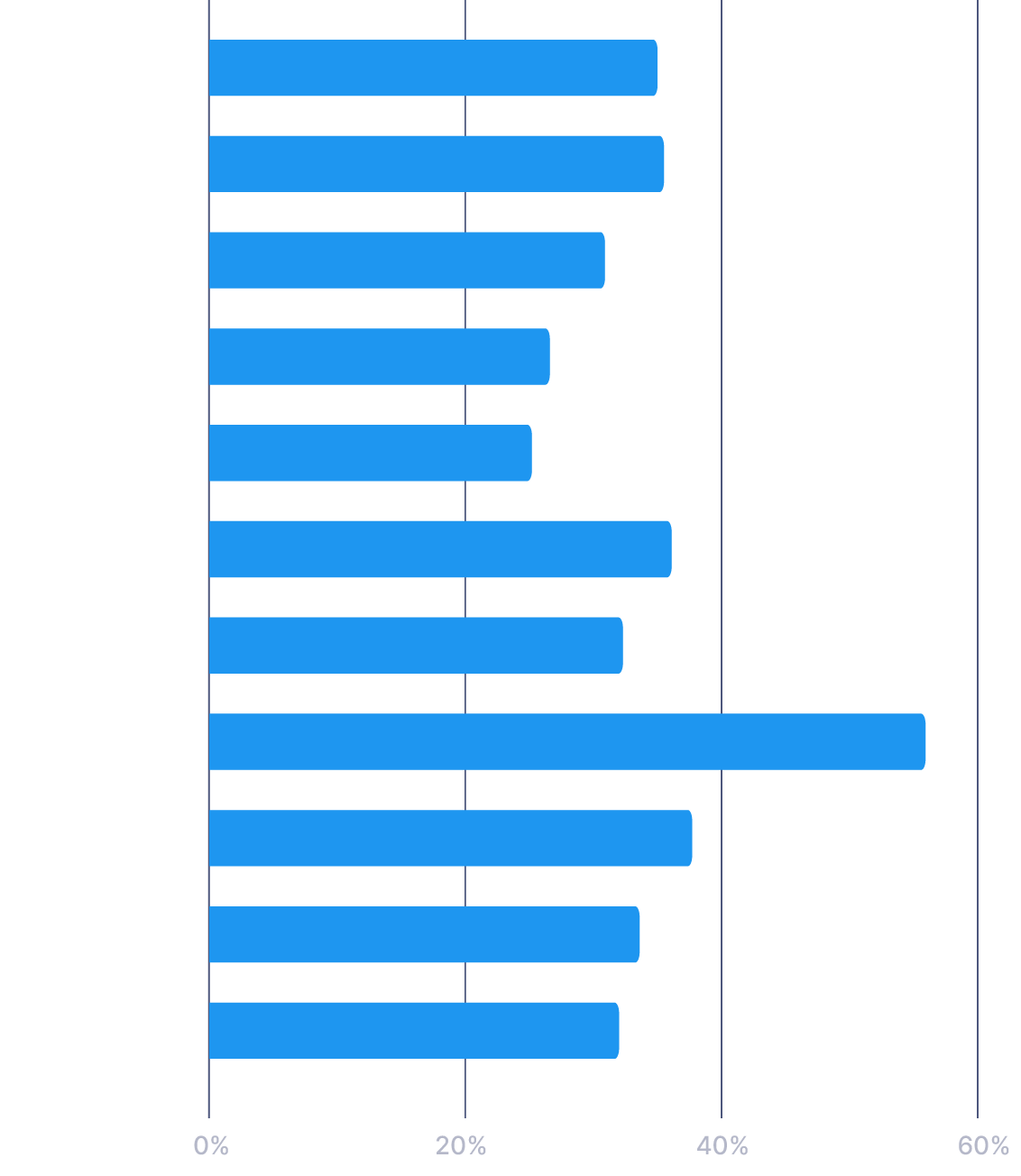
Quelle: Nielsen Fan Insights, Februar 2024
Einflussreiche Sportler
Verstehen Sie den Einfluss einiger der größten Sportler, die nach Paris reisen
Die Athleten gewinnen selbst immer mehr Fans. Wir haben die Instagram-Accounts einiger der größten Namen bei den diesjährigen Spielen analysiert, um ihr Potenzial als Partner in Influencer-Marketing.
| Name des Athleten | Landesflagge | Sport | Instagram-Handle | Follower | Follower-Wachstum | Engagement-Rate | Erreichbarkeit des Publikums | Durchschnittlicher Medienwert von Markenbeiträgen (USD) |
|---|---|---|---|---|---|---|---|---|
| Simone Biles | Gynmnastik | @simonebiles | 7.1M | 0.38% | 3.15% | 68.79% | $93,510 | |
| Tom Daley | Tauchen | @tomdaley | 3.2M | -1.24% | 1.60% | 67.17% | $21,321 | |
| Caeleb Dresself | Schwimmen | @caelebdressel | 629K | -0.83% | 0.41% | 79.87% | $1,055 | |
| Carlos Alcaraz | Tennis | @carlitosalcarazz | 4.7M | 7.31% | 3.78% | 83.70% | $71,277 | |
| Eliud Kipchoge | Marathon | @kipchogeeliud | 2.6M | 4.74% | 3.89% | 78.11% | $41,069 | |
| Katie Ledecky | Schwimmen | @katieledecky | 605K | 1.67% | 2.88% | 70.03% | $7,156 | |
| Léon Marchand | Schwimmen | @leon.marchand31 | 191K | 15.28% | 21.71% | 87.53% | $15,843 | |
| Leylah Fernandez | Tennis | @leylahannietennis | 352K | 0.52% | 1.87% | 77.67% | $2,692 | |
| Momiji Nishiya | Straßen-Skaten | @momiji_nishiya830 | 160K | -1.43% | 8.25% | 73.49% | $5,499 | |
| Shelly-Ann Fraser-Pryce | Leichtathletik | @realshellyannfp | 935K | -0.08% | 2.51% | 65.59% | $9,698 |
Quelle: Nielsen InfluenceScope, November 2023 - April 2024

Möchten Sie mit unserem Expertenteam sprechen?
Perspektiven für die Industrie
Lesen Sie die neuesten Sport- und Sponsoring-Informationen von Nielsen
-
Einblicke | 15-07-2024
Spitzenmarken sind wie Olympioniken
Die führenden Marken der Welt wissen, dass die Leistung von Kupplungen auf langfristigen Investitionen beruht.
-
Einblicke | 05-07-2024
Wie geht es weiter mit dem Frauensport? Wachstum durch Nachweis des Nutzens
Um die Dynamik im Frauensport aufrechtzuerhalten und auszubauen, gibt es vier wichtige Dinge, die Marken, Ligen und Rechteinhaber...
-
Einblicke | 30-05-2024
Wertschöpfung durch Frauensport
Inzwischen haben wir alle gehört, dass der Frauensport im Kommen ist. Das gilt besonders für die WNBA, denn...
-
Einblicke | 07-03-2024
Webinar: Wie World Athletics den Erfolg der Gastgeberstädte über die wirtschaftlichen Auswirkungen hinaus vorantreibt
In diesem Webinar erfahren Sie, wie die positiven Auswirkungen noch lange nach der Abreise der Sportler und Fans anhalten können.
Virtueller Medaillenspiegel Vorhersage
Erfahren Sie mehr über Gracenotes Prognosen für die Gold-, Silber- und Bronzemedaillen der teilnehmenden Länder und Athleten bei den Olympischen Spielen der XXXIII.


